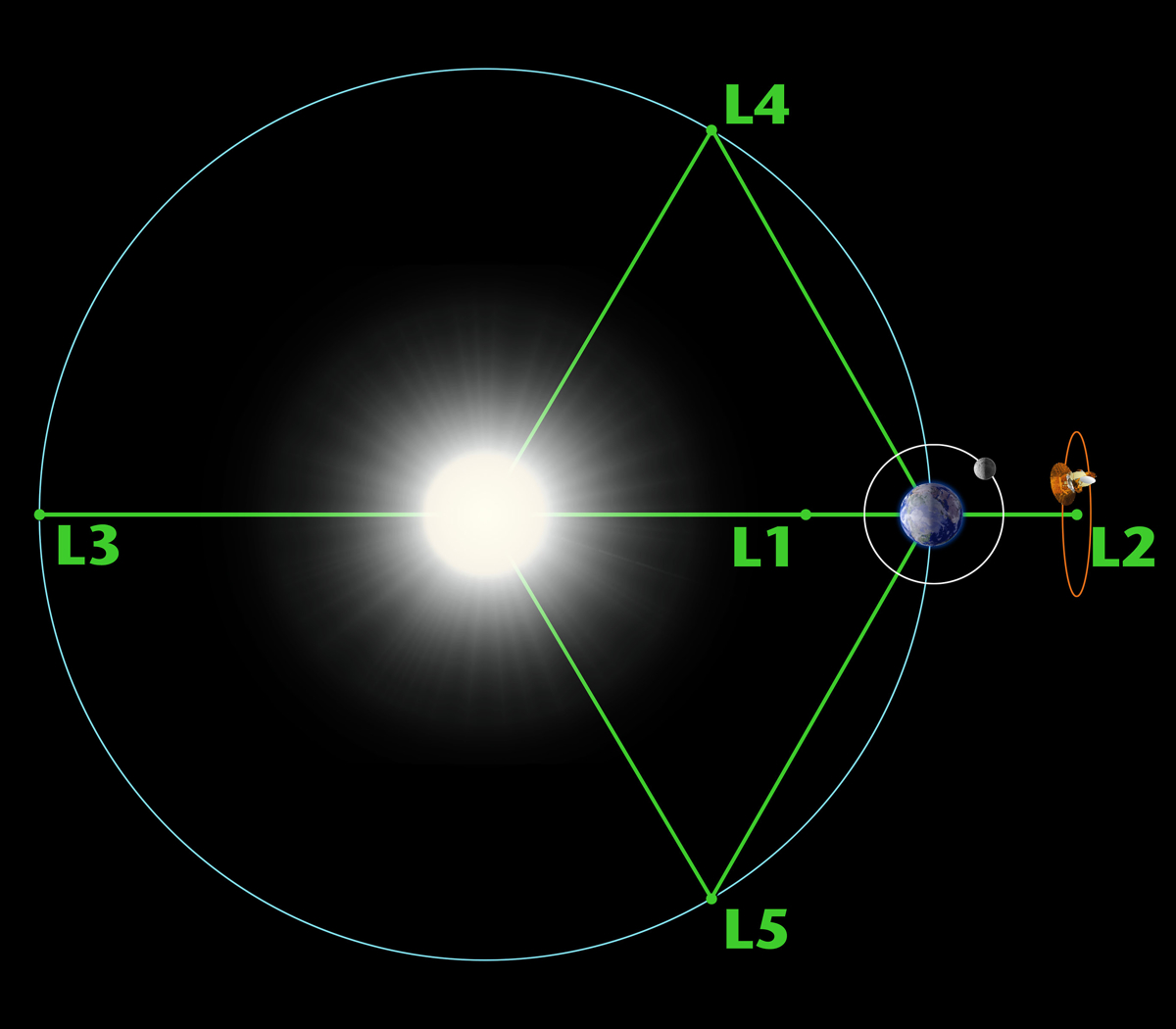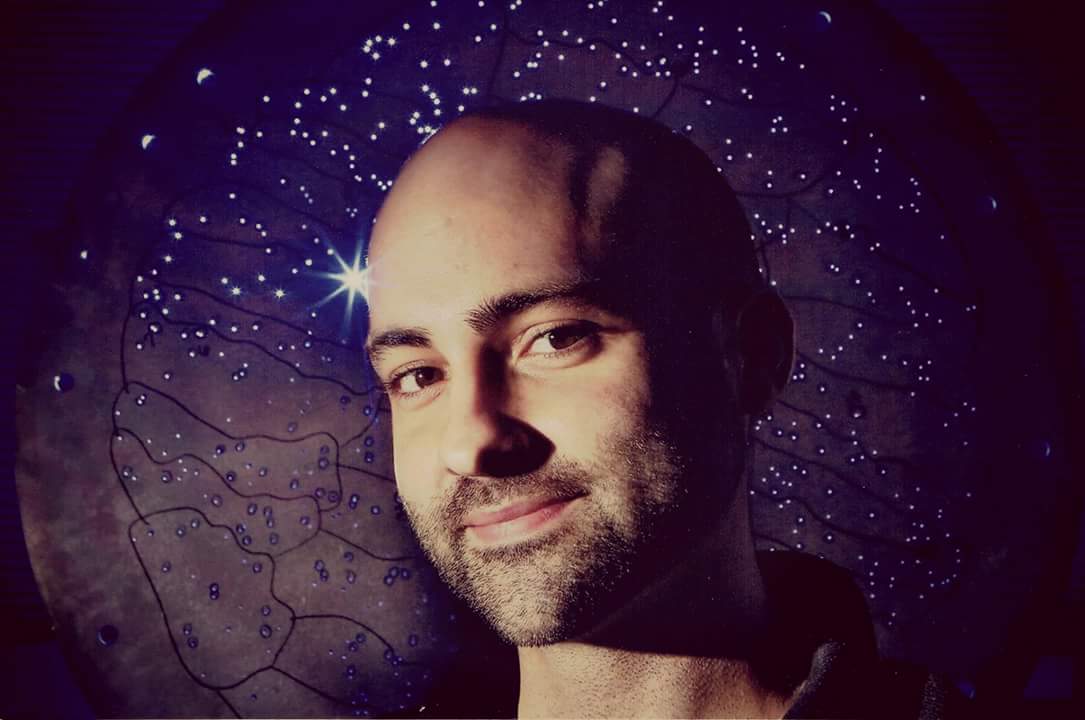
Paul Sutter
Paul M. Sutter is an astrophysicist at SUNY Stony Brook and the Flatiron Institute in New York City. Paul received his PhD in Physics from the University of Illinois at Urbana-Champaign in 2011, and spent three years at the Paris Institute of Astrophysics, followed by a research fellowship in Trieste, Italy, His research focuses on many diverse topics, from the emptiest regions of the universe to the earliest moments of the Big Bang to the hunt for the first stars. As an "Agent to the Stars," Paul has passionately engaged the public in science outreach for several years. He is the host of the popular "Ask a Spaceman!" podcast, author of "Your Place in the Universe" and "How to Die in Space" and he frequently appears on TV — including on The Weather Channel, for which he serves as Official Space Specialist.
Latest articles by Paul Sutter

The Higgs boson could have kept our universe from collapsing
By Paul Sutter last updated
The Higgs boson particle could have kept our universe from collapsing within a larger multiverse, physicists say.
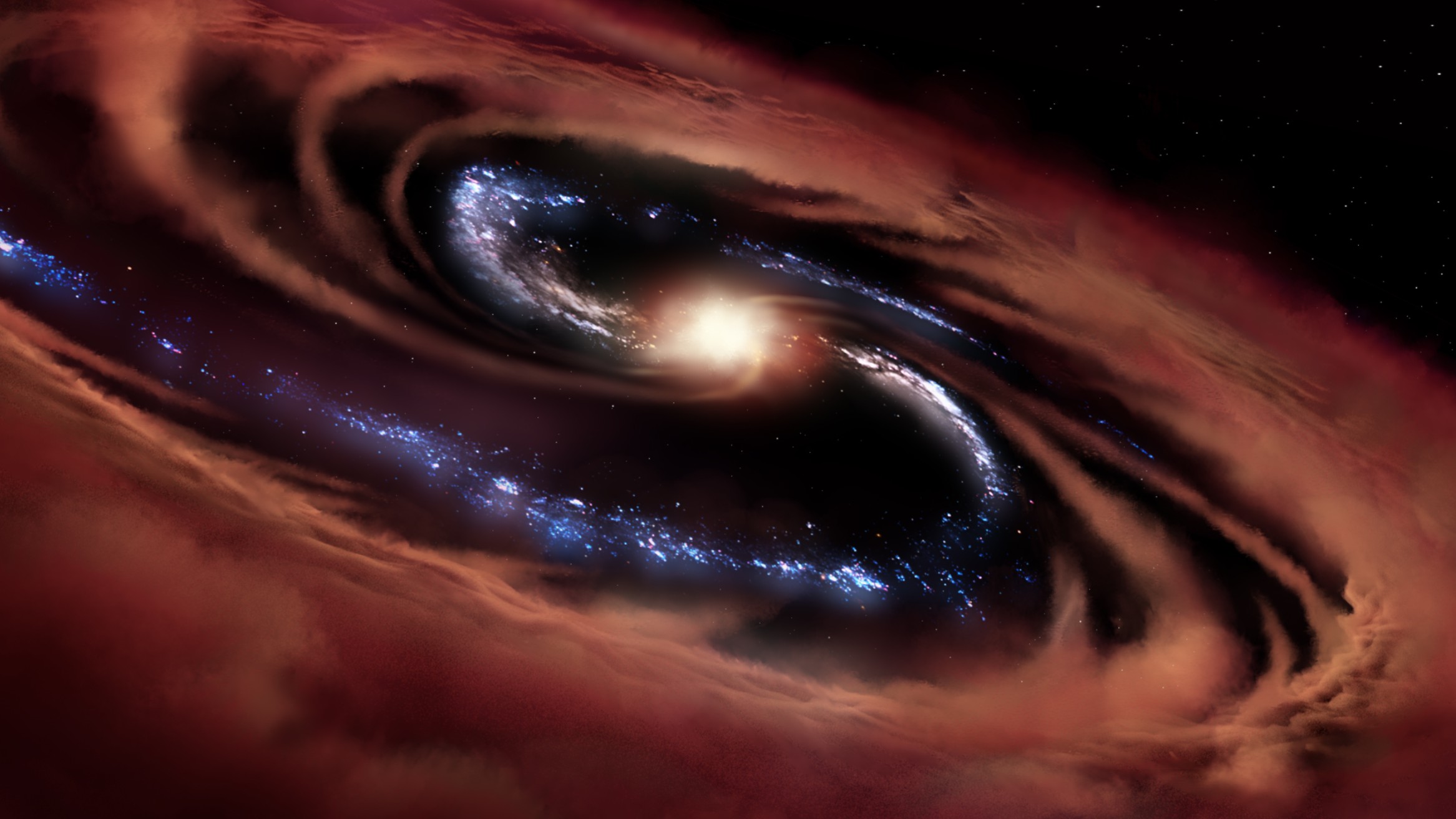
How black holes and galaxies play tug-of-war across the cosmos
By Paul Sutter published
How monster black holes overpower their much larger host galaxies.
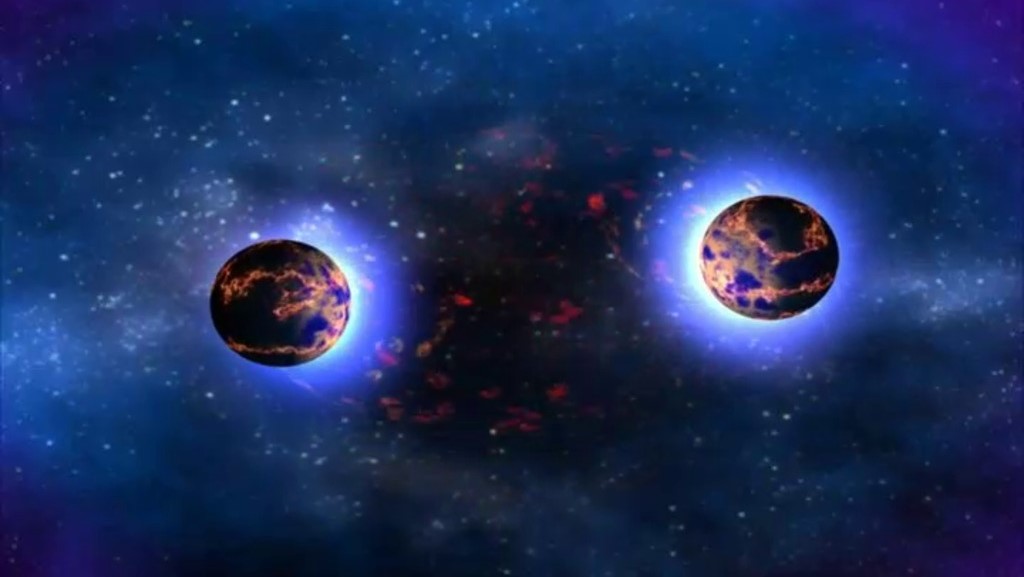
Flashes from neutron star tidal waves may signal impending mergers
By Paul Sutter published
Researchers have found a new way to detect some of the most cataclysmic mergers in the universe before they happen.
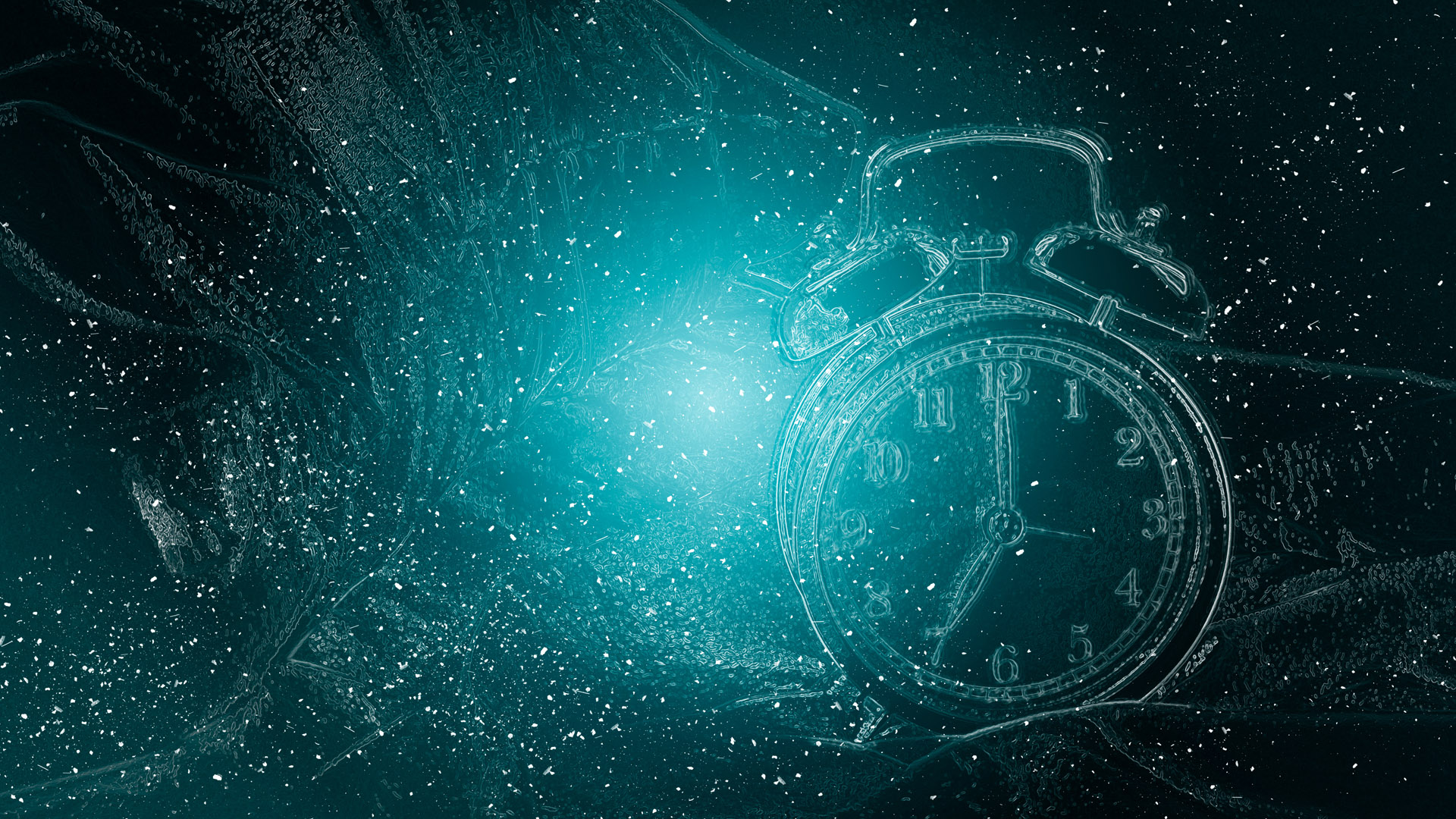
Physicists link two time crystals in seemingly impossible experiment
By Paul Sutter published
Physicists have created a system of two connected time crystals, which are strange quantum systems that are stuck in an endless loop to which the normal laws of thermodynamics do not apply.
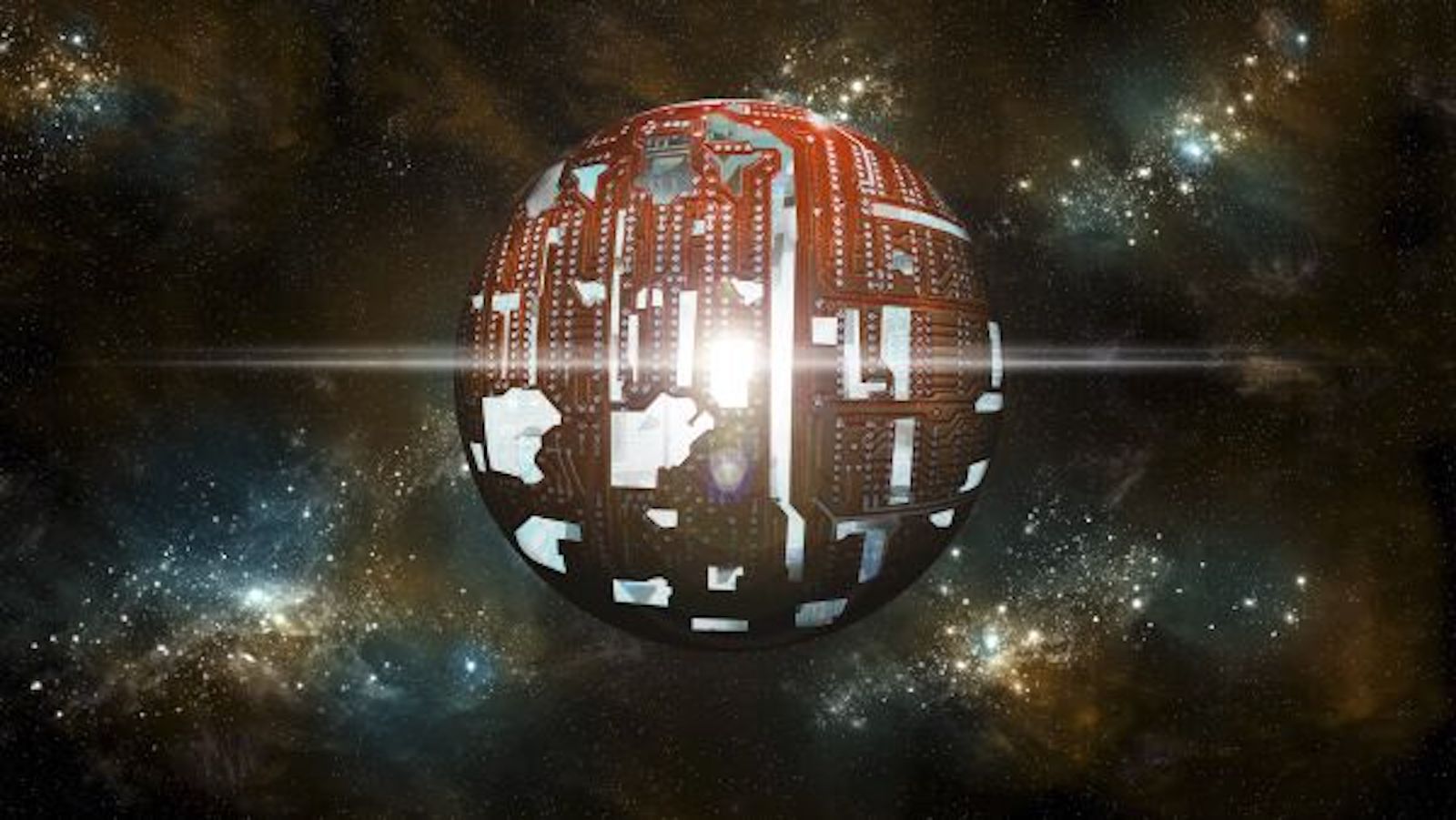
The aliens are all hanging out on Dyson spheres circling white dwarfs, physicist argues
By Paul Sutter published
If aliens exist, they do exist, they might be hanging out on Dyson spheres circling the husks of sunlike stars called white dwarfs.
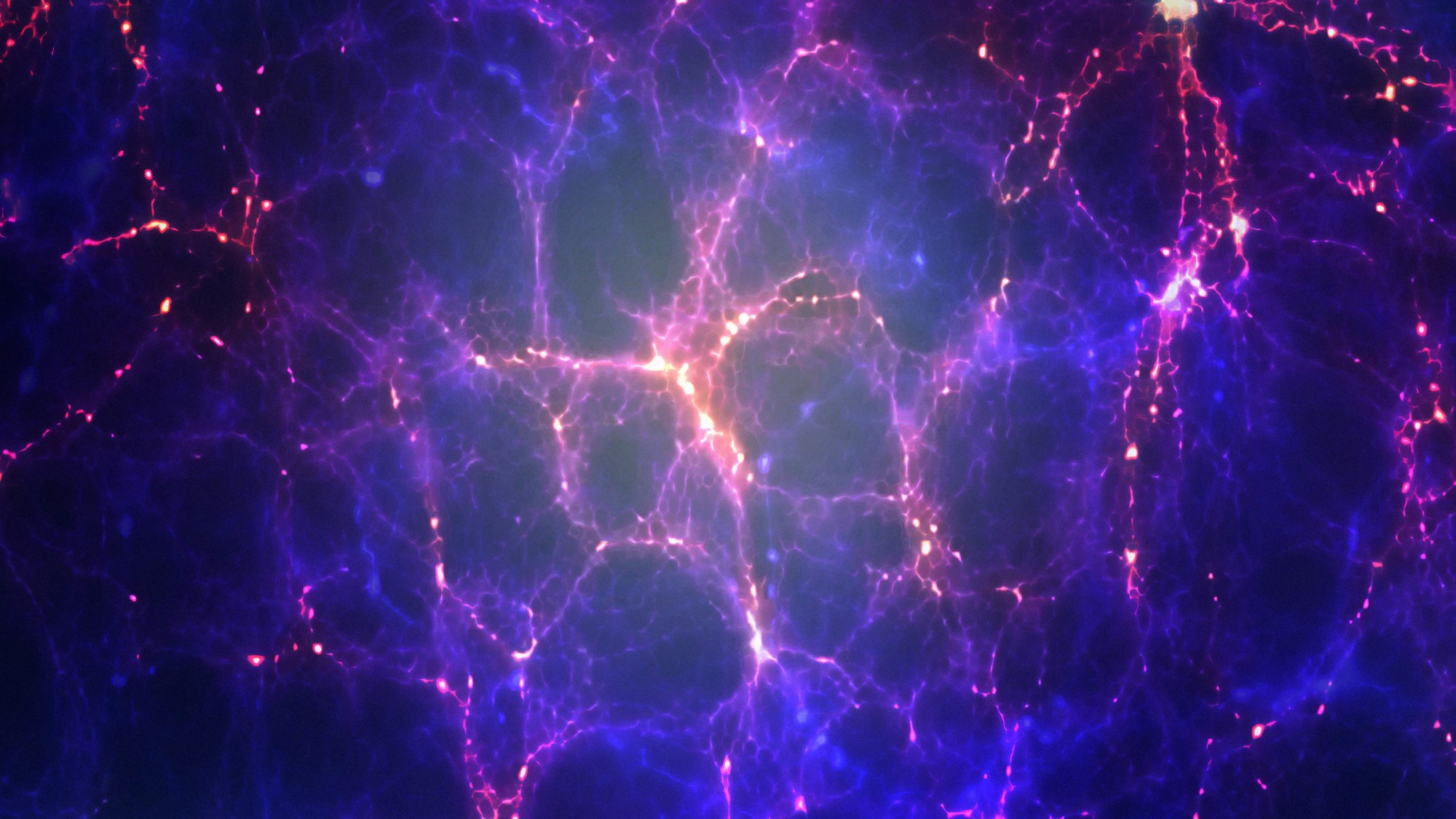
A mysterious intergalactic force is pushing against the Milky Way
By Paul Sutter published
It sounds like the premise of a bad sci-fi movie: There's some mysterious entity, beyond the boundaries of our galaxy, that is pushing against us with incredible force.
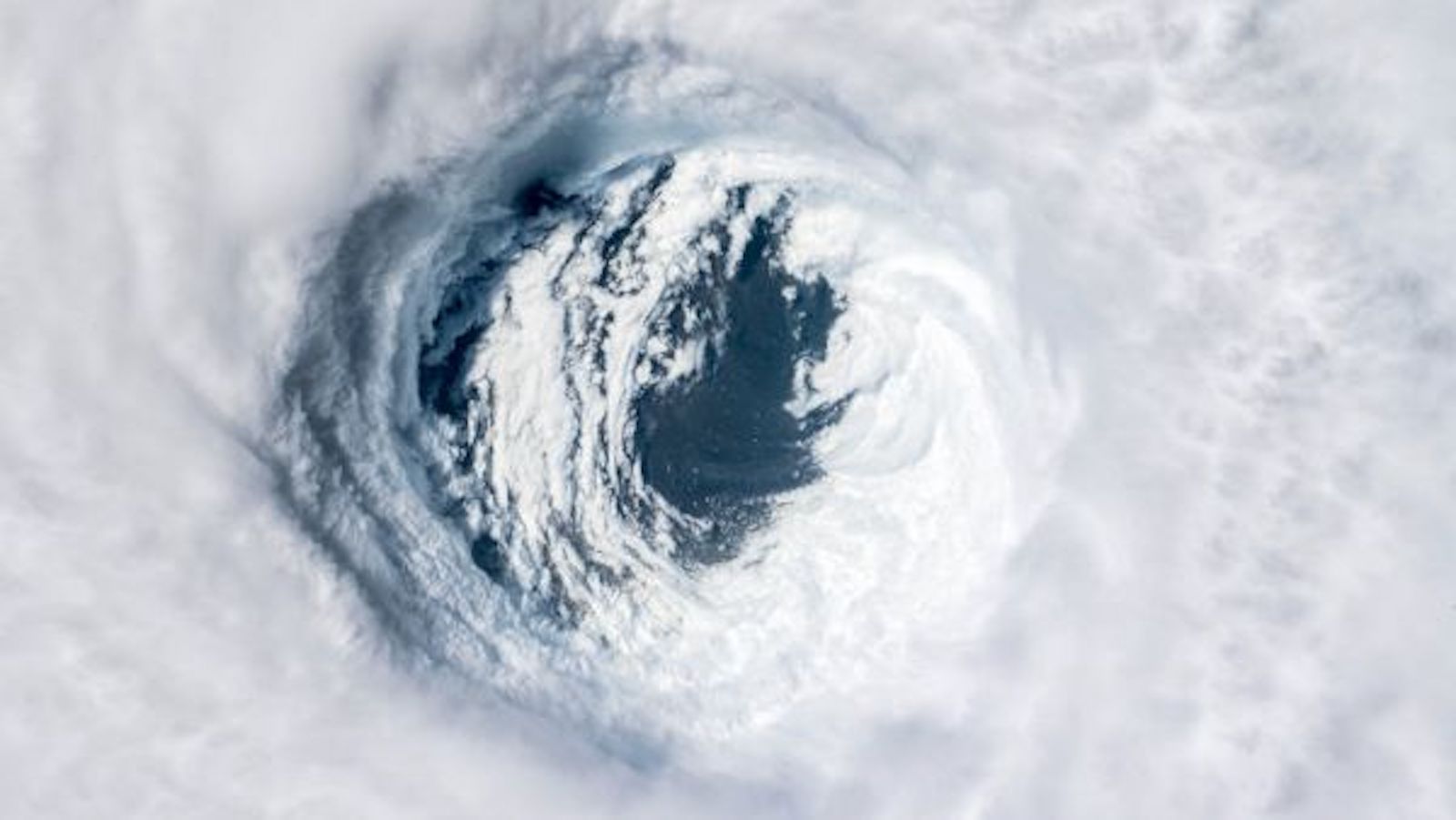
Physicists predict Earth will become a chaotic world, with dire consequences
By Paul Sutter published
Humans aren't just making Earth warmer, they are making the climate chaotic, a stark new study suggests.
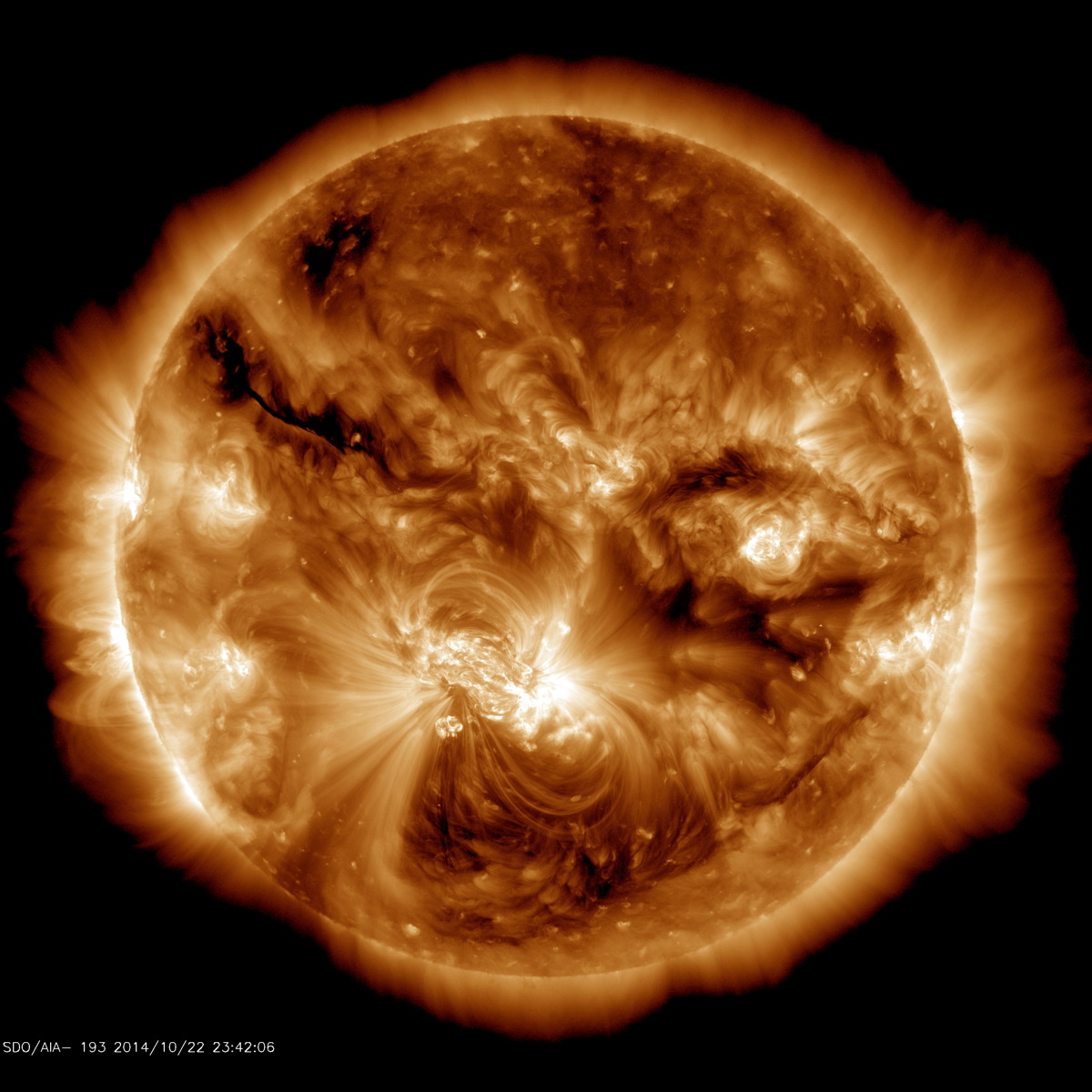
Sunspots' Tangled Tale: Why the Sun Has Spots
By Paul Sutter last updated
Explaining the source of sunspots is a pretty tough nut to crack.
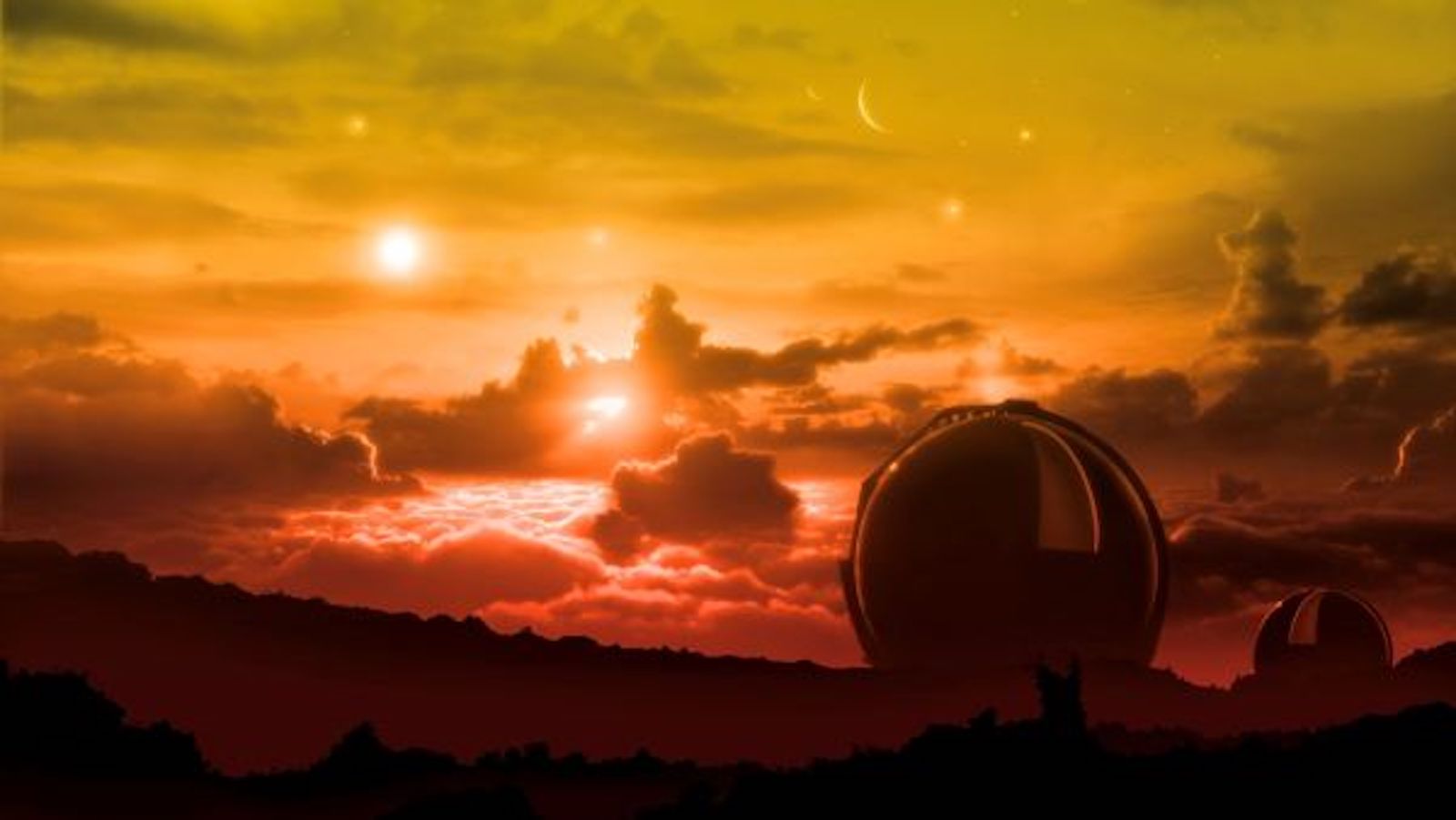
Humans could become a truly interplanetary species within 200 years, physicists claim
By Paul Sutter published
Harness renewable energy to explore the cosmos or risk planetary doom, new physics study argues.

The 'twin paradox' shows us what it really means for time to be relative
By Paul Sutter published
What goes for moving clocks goes for everything else; physics, chemistry and biology all operate at a slower pace in moving frames of reference.

Stronger gravity in the early universe may solve a cosmological conundrum
By Paul Sutter published
The inflationary epoch that caused our universe to rapidly expand in its earliest moments may be connected to the modern era of dark energy.
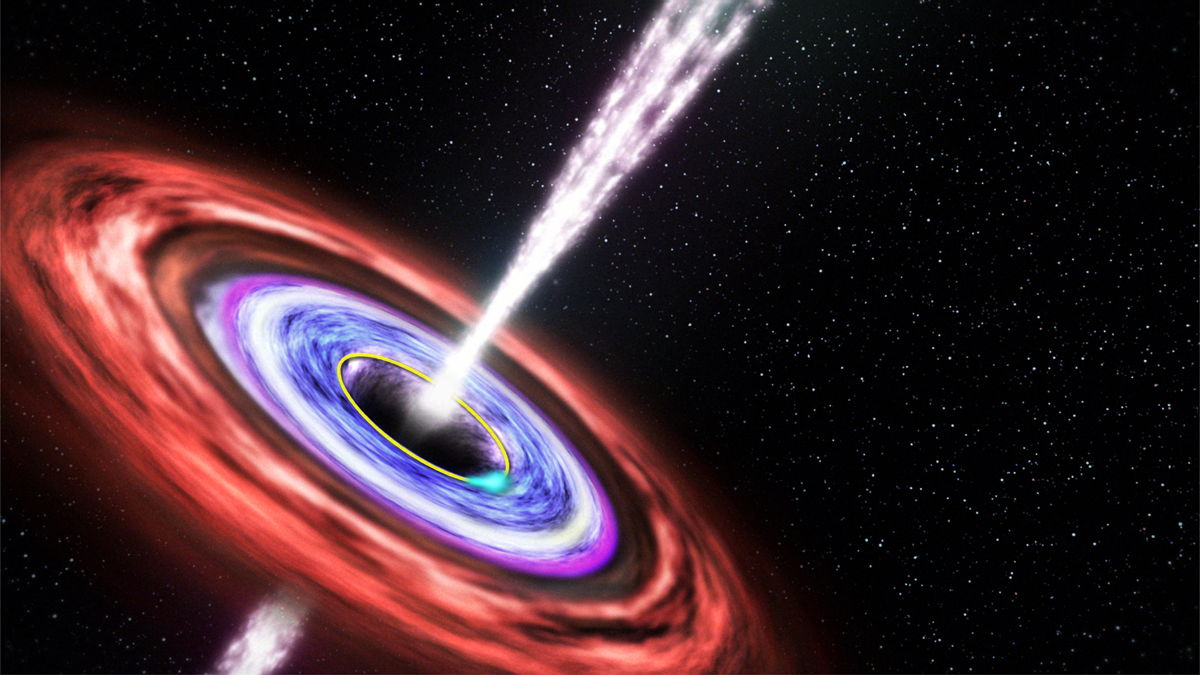
Did the Milky Way's huge black hole kill all the red giants around it?
By Paul Sutter last updated
A massive jet launched from our galaxy's supermassive black hole may have destroyed any red giant stars that wandered into its path, a new study suggests.
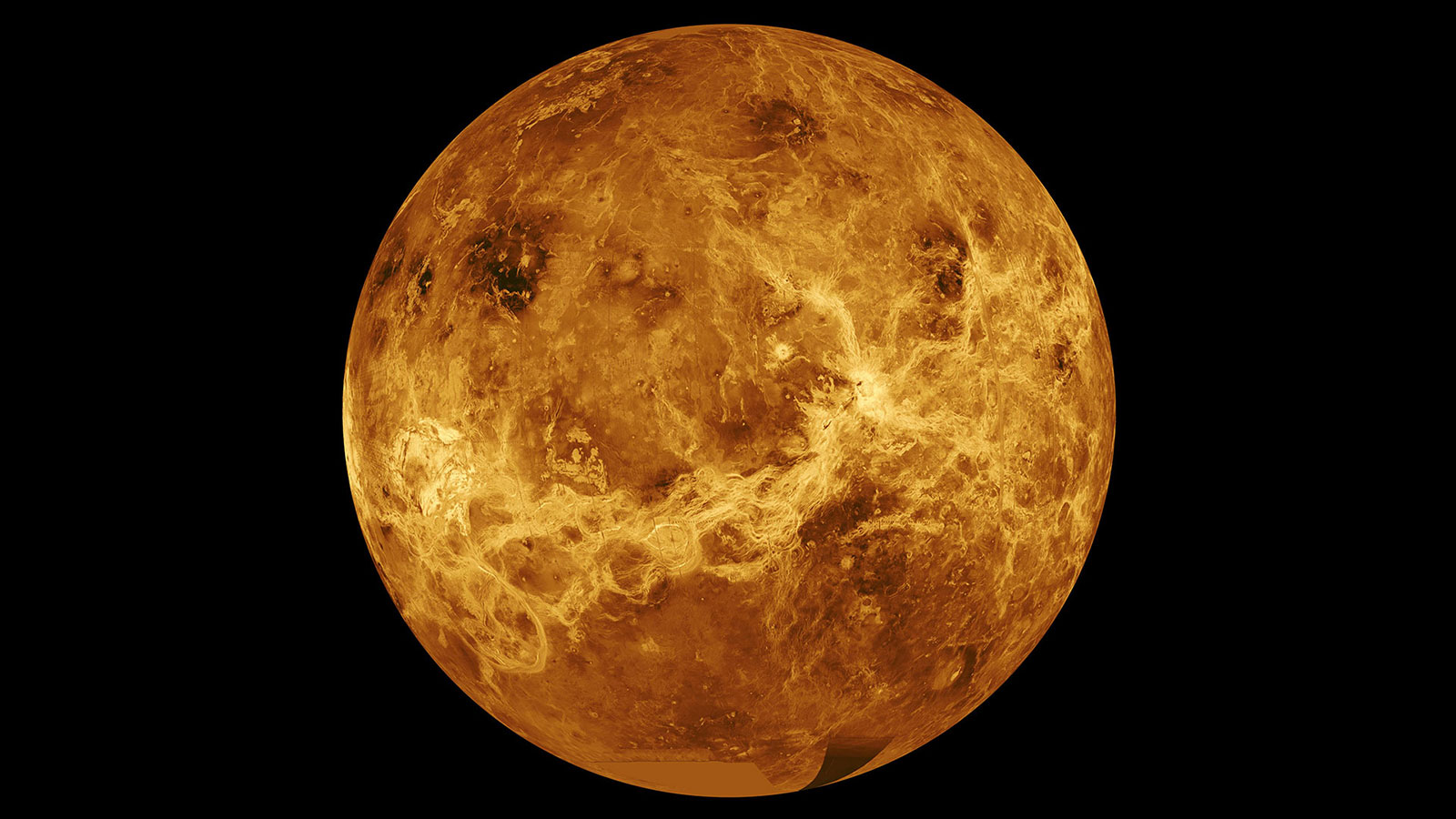
Venus-like worlds are surprisingly common in 'habitable' zones
By Paul Sutter published
The current definition of habitable zone only examines the amount of sunlight reaching a planet. It may be time to question that definition.
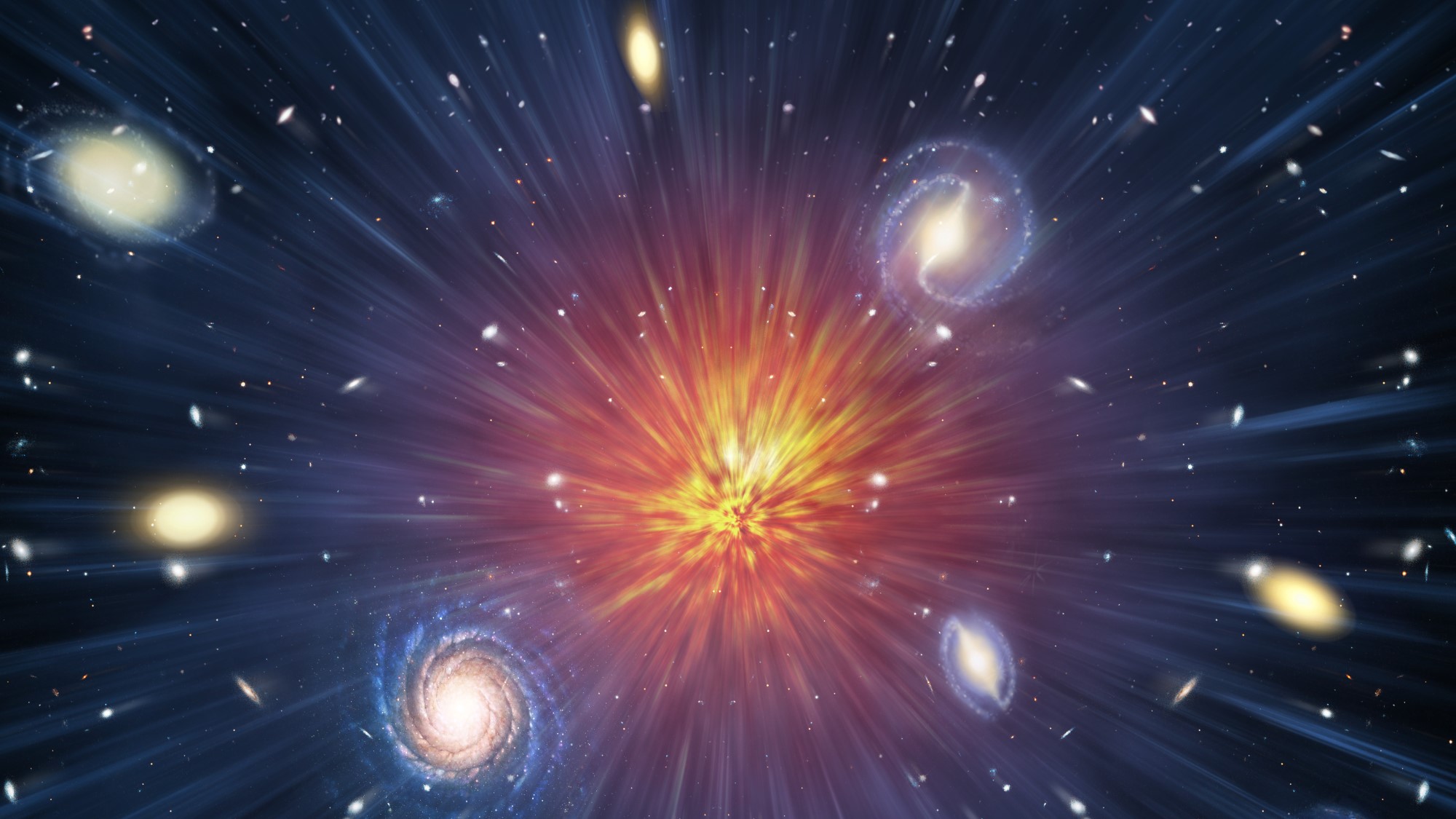
5 failed alternatives to the Big Bang theory and why they didn't work
By Paul Sutter published
Over the decades, the Big Bang theory has taken on some pretty heavy challengers. Let's explore those alternatives and why they didn't work.

Is the origin of dark matter gravity itself?
By Paul Sutter published
Did the graviton, the quantum mechanical force carrier of gravity, flood the cosmos with dark matter before normal matter even had a chance to get started?
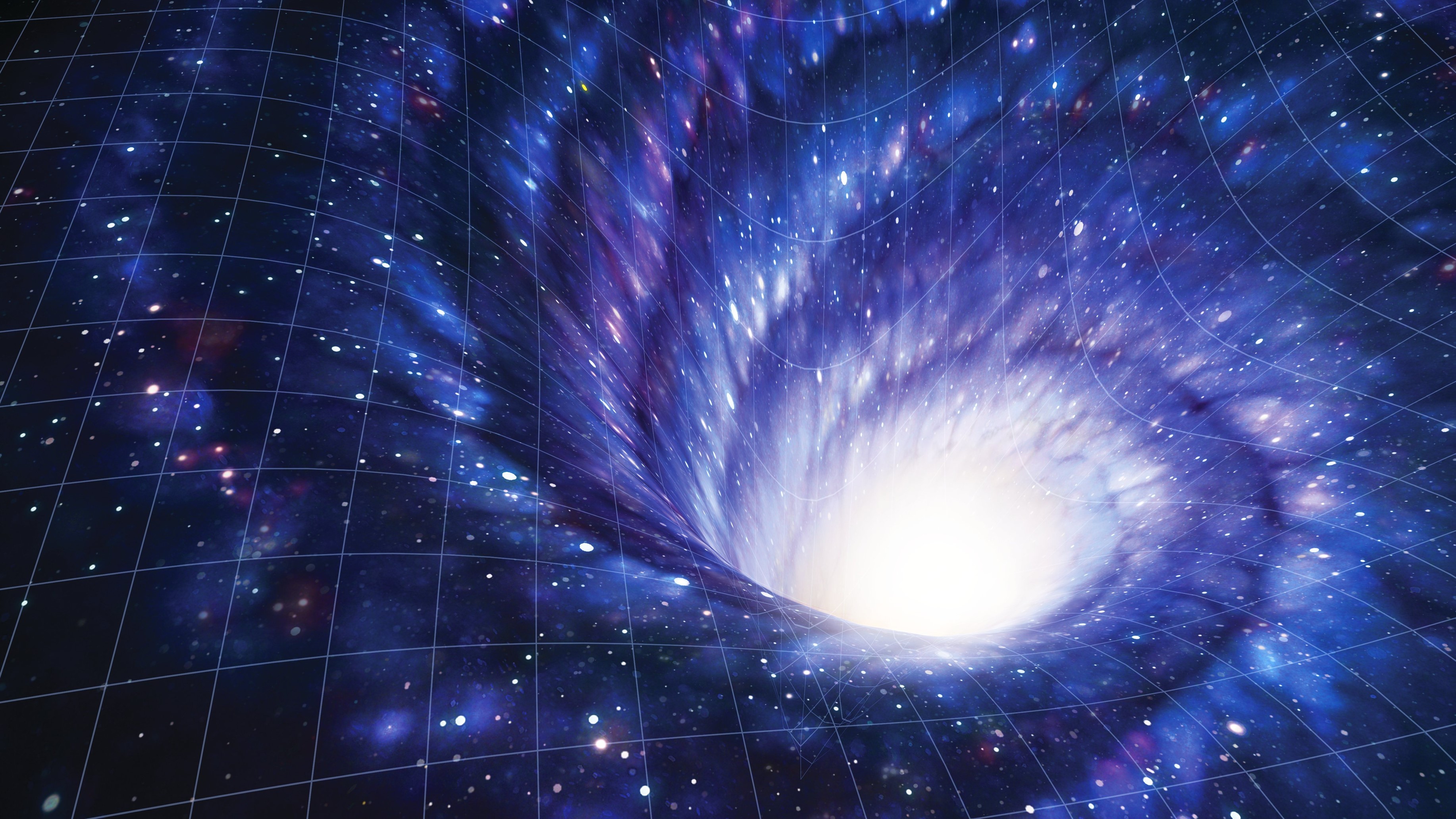
We can build a real, traversable wormhole … if the universe has extra dimensions
By Paul Sutter published
It may be possible to build a real, traversable wormhole, but only if our universe has extra dimensions, a team of physicists has found.

Our universe may have a twin that runs backward in time
By Paul Sutter published
A mirror universe that runs backward in time sprouted up before the Big Bang.

Life as we know it would not exist without this highly unusual number
By Paul Sutter published
The fine-structure constant is a seemingly random number with no units or dimensions, which has cropped up in so many places in physics, and seems to control one of the most fundamental interactions in the universe.
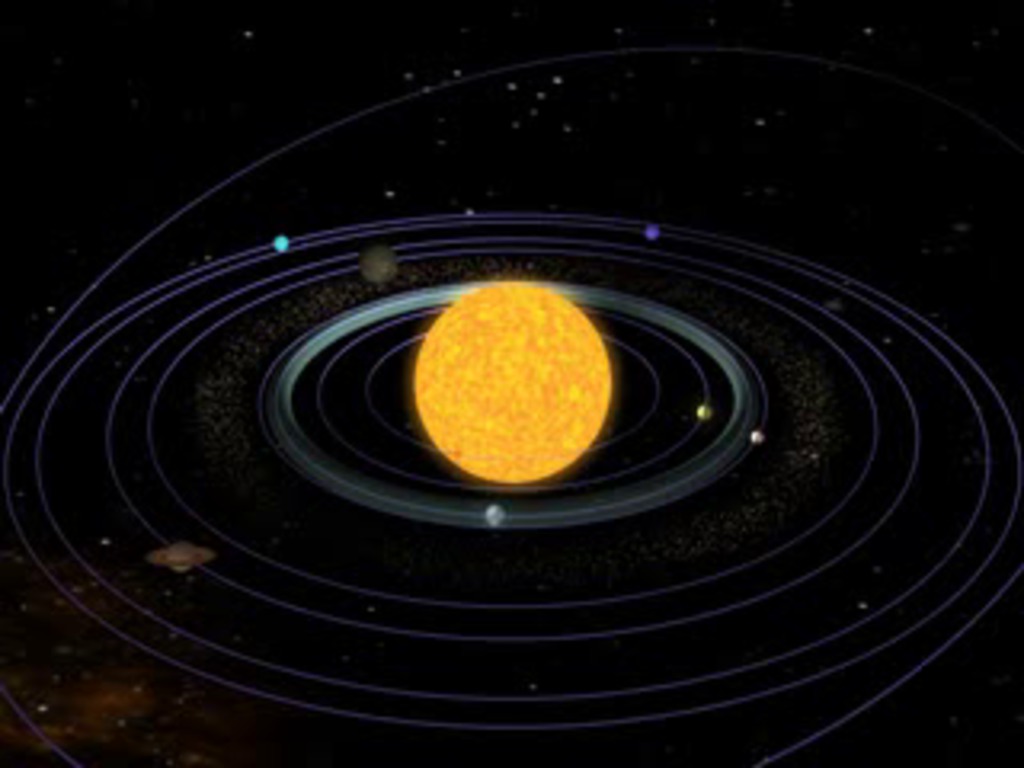
Will our solar system survive the death of our sun?
By Paul Sutter last updated
Our sun's death is a long way off — about 4.5 billion years, give or take — but someday it's going to happen, and what then for our solar system?

How much of the solar system is made of interstellar stuff?
By Paul Sutter last updated
The detection of interstellar objects in the solar system has raised an interesting question: How much of the solar system is made of foreign material?
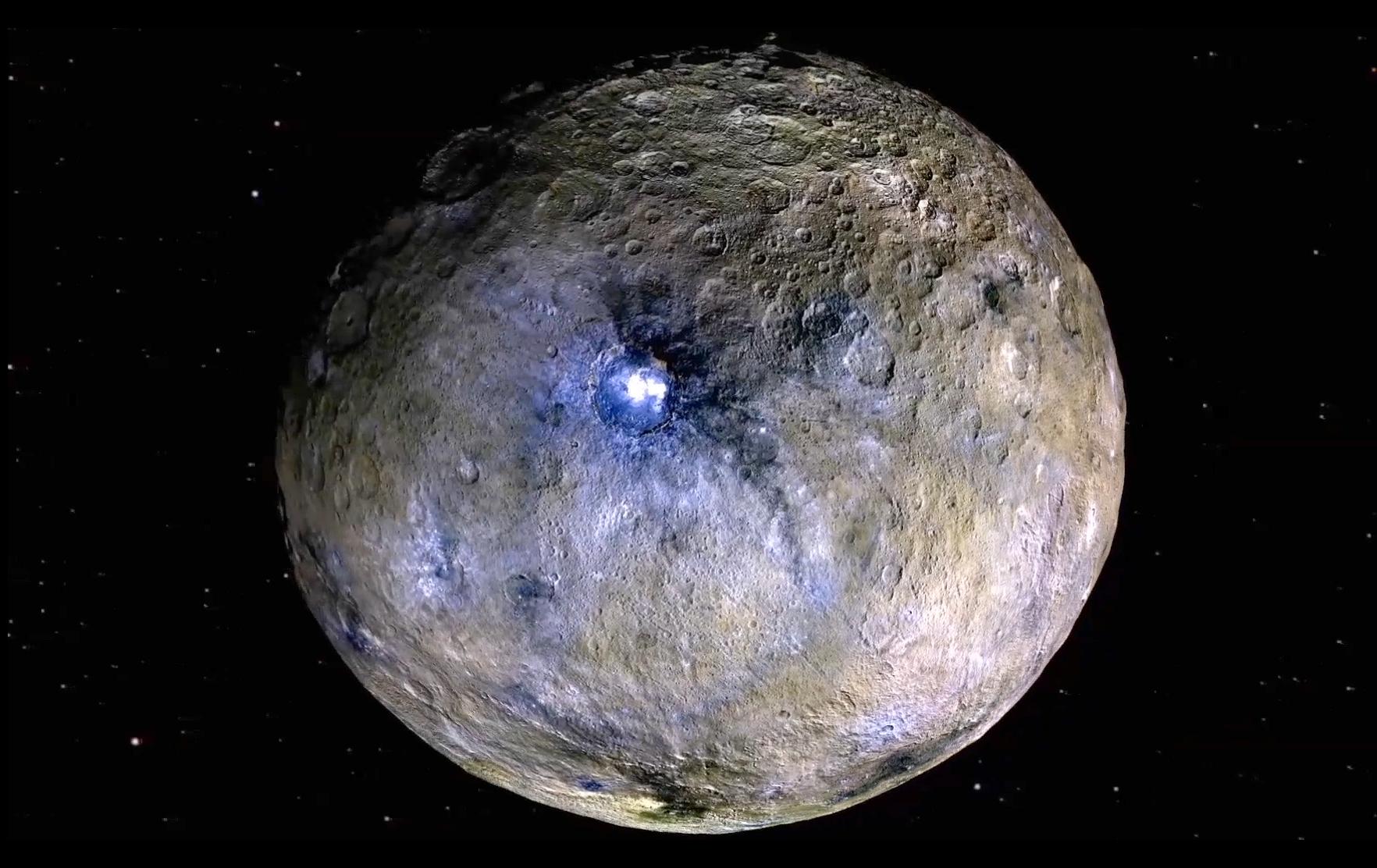
Strange dwarf planet Ceres may have formed at the icy edges of the solar system
By Paul Sutter last updated
Ceres is the most dominant member of the asteroid belt but it doesn't look like the other asteroids.

Spiderweb of wormholes could solve a black hole paradox 1st proposed by Stephen Hawking
By Paul Sutter published
A seemingly intractable black hole paradox first proposed by physicist Stephen Hawking could finally be resolved — by wormholes through space-time.
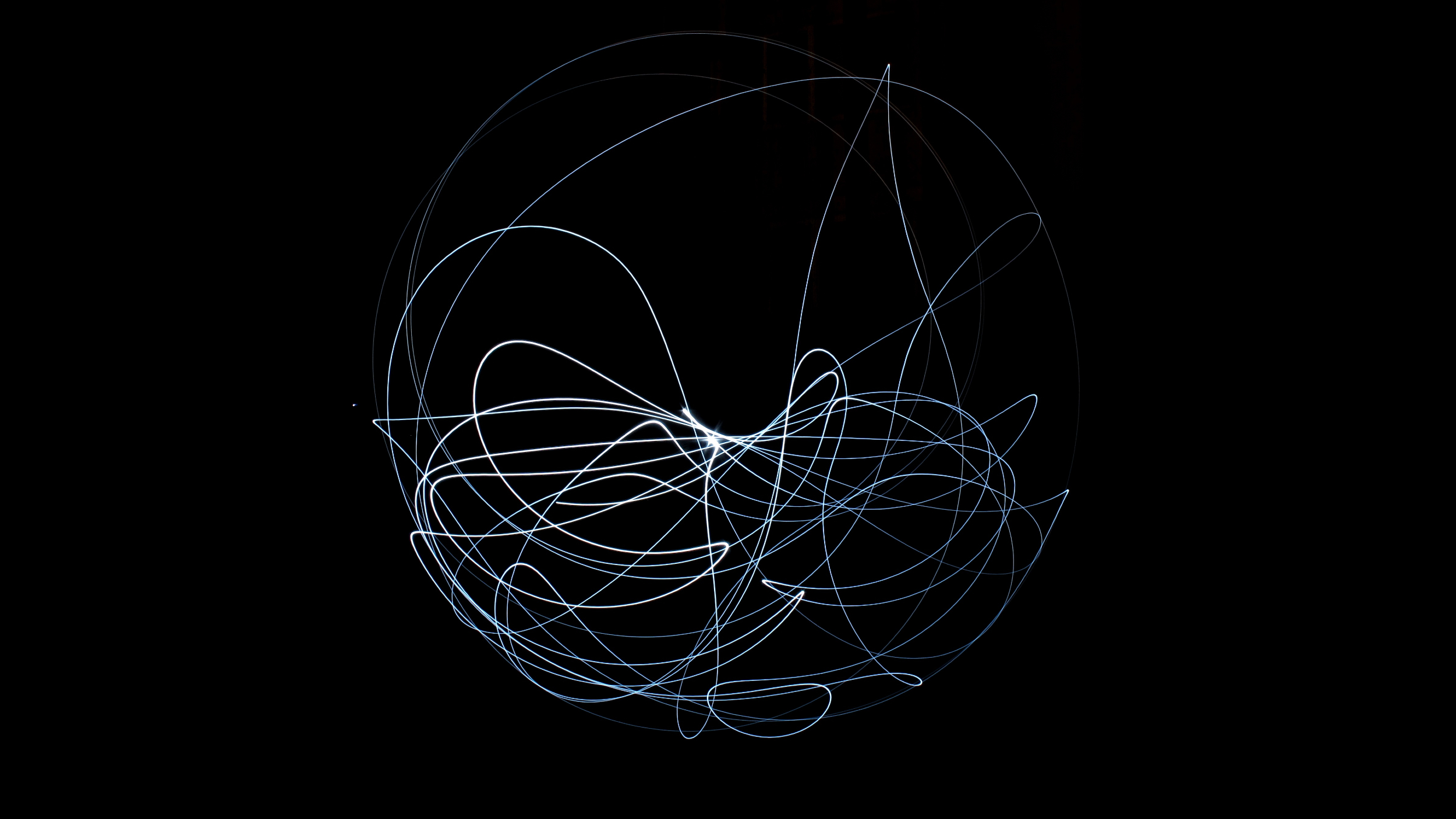
Chaos theory explained: A deep dive into an unpredictable universe
By Paul Sutter published
Reference Chaos theory explains the behavior of dynamic systems like weather, which are extremely sensitive to initial conditions. They cannot be truly predicted.
Get the Space.com Newsletter
Breaking space news, the latest updates on rocket launches, skywatching events and more!
